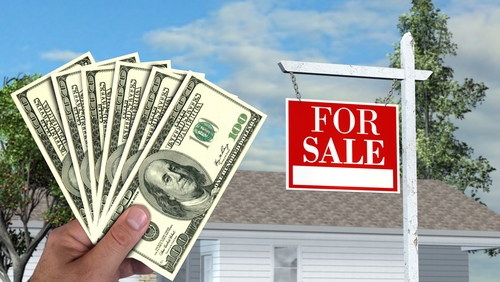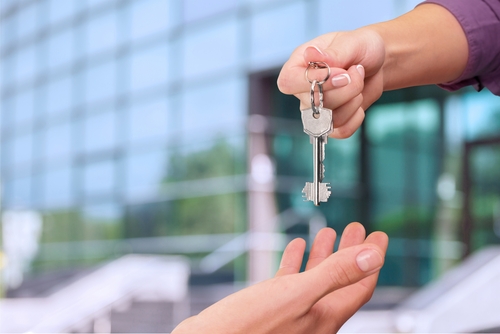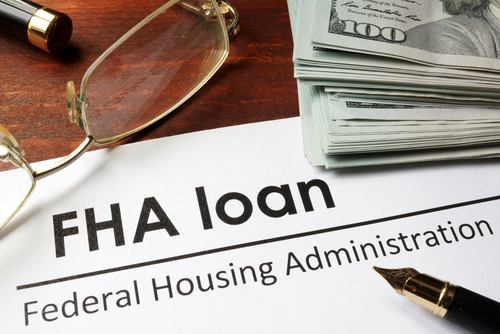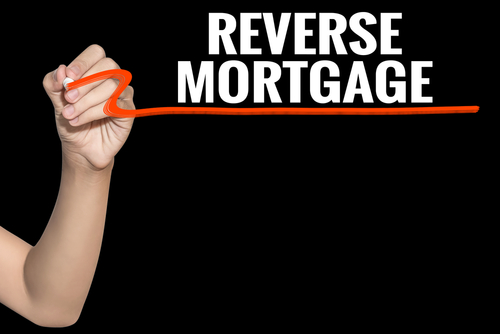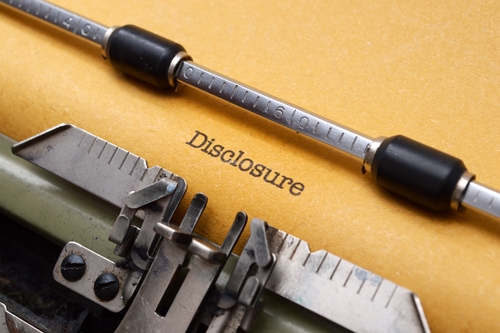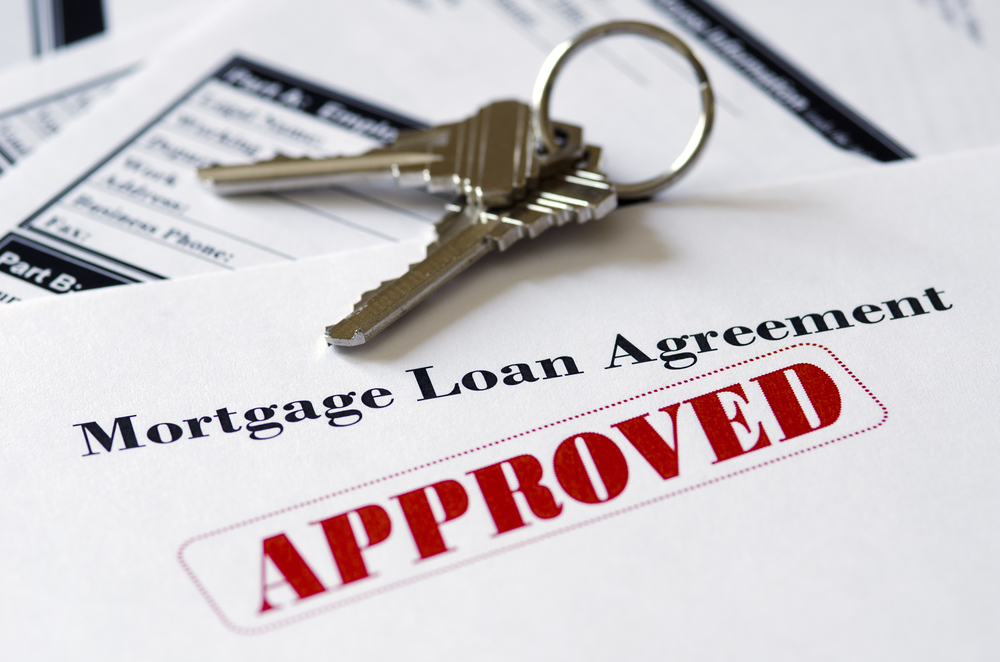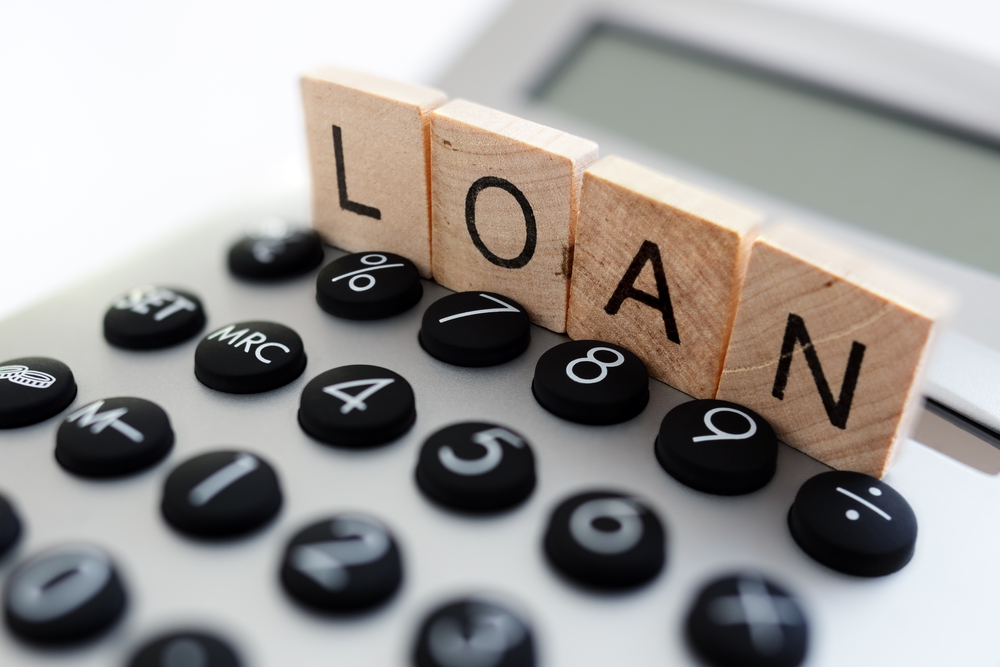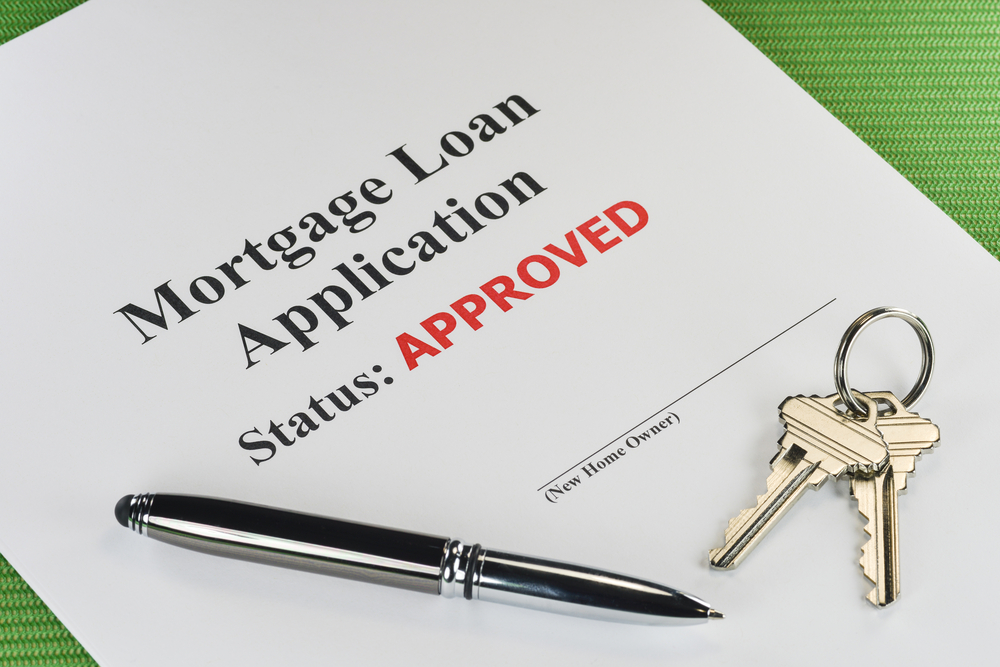Educational loans are an investment in your future. A college degree can pave the way for a brighter future, providing an opportunity to follow your dreams and find a satisfying career. But the rising cost of college means that more and more graduates are leaving school owing tens of thousands in student loan debt.
Although student loans are considered “good debt,” repaying a large debt can affect other life decisions. And sometimes, student loans delay buying a house. But while it’s harder to purchase a home with student debt, it’s not impossible. Here are four ways to make a home purchase happen with student loans.
1.Refinance your student loans
Refinancing student loans can put a home within your reach. Refinancing can consolidate all your student loans into a single loan, plus lower your interest rate and monthly payment. If you ca lower your student loan payment to a manageable amount, it’ll be easier to qualify for a mortgage.
Typically, mortgage payments should be no more than 28% to 31% of your gross income, and your total monthly debt payments should not exceed 36% to 43% of your gross income. If you’re paying hundreds each month on student loans, and these payments put your total debt payments over 43%, refinancing and getting a lower rate may be the only way to qualify for home loan financing at this time.
2.Maintain a high credit score
Although there are debt limits when qualifying for a mortgage loan, some lenders are more lenient than others. These banks may approve a home loan application even though a borrower has high student loan payments and their debt ratio is slightly higher than the recommended percentage.
But to qualify for a home loan in this instance, you must meet other qualifying factors. If you have high debts, a lender will only approve your mortgage if you also have a high credit score—the higher, the better. Aim for a credit score in the high 700s or 800 range. You can achieve this by paying your bills on time every month and keeping credit card balances low.
3.Live at home longer
Rather than rush into homeownership, consider living at home after graduating college. This is beneficial for two reasons. Your parents may charge less rent than a landlord or allow you to live rent free. As a result, you can make higher student loan payments and pay down the balance sooner. Also, living at home gives you an opportunity to save a larger down payment—maybe 20%. A larger down payment means you’ll borrow less money from a bank. This results in a lower mortgage payment, which might be easier to swing with student debt.
4.Explore low down payment options
Expensive student loan debt often makes it difficult to save money for a down payment. If so, consider low down payment options. These include FHA home loans that require as little as 3.5% down, or conventional loan products that only require 3% down, such as the Conventional 97 or the HomeReady program.

